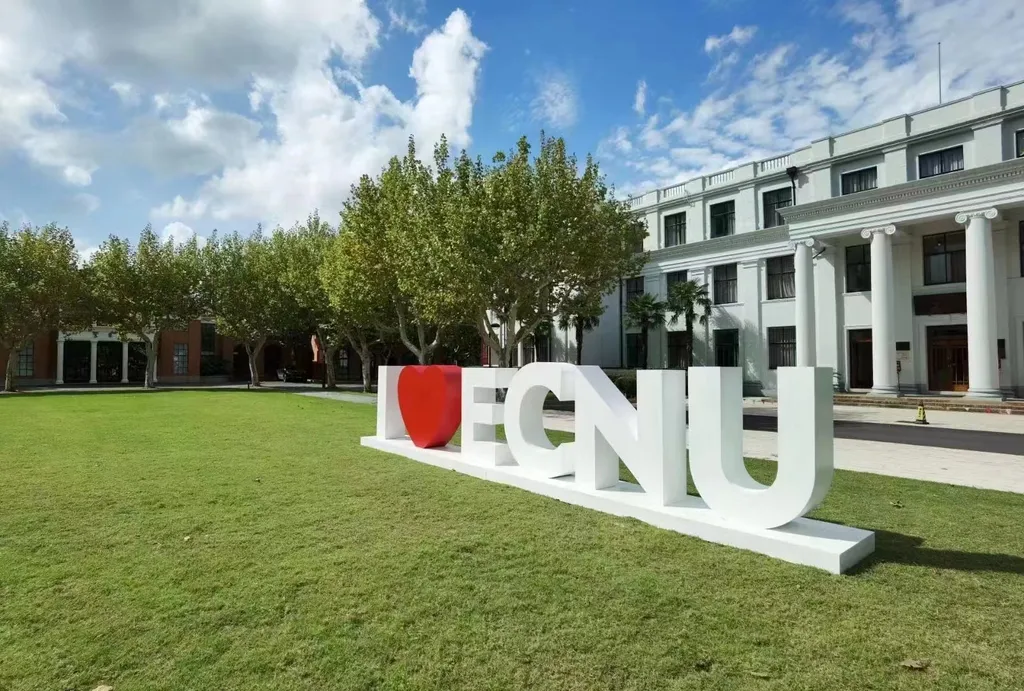In a groundbreaking development poised to revolutionize satellite remote sensing, researchers have introduced a novel approach to image fusion that promises to enhance the way we interpret and utilize spatial and spectral data. The study, led by Xue Wang from East China Normal University, presents the MHFu-former, a transformer-based model designed to seamlessly integrate hyperspectral and multispectral images, unlocking new potential for industries ranging from agriculture to energy.
Hyperspectral images (HSIs) capture detailed spectral features, providing rich information about the composition of objects, while multispectral images (MSIs) offer high spatial resolution, enabling precise location identification. However, integrating these two types of imagery has long been a challenge, with existing deep learning methods struggling to balance spatial detail enhancement and spectral information preservation. “The key issue has been the limited capacity of current models to effectively merge these two types of data,” explains Wang, whose research is affiliated with the Key Laboratory of Spatial-Temporal Big Data Analysis and Application of Natural Resources in Megacities and the School of Geographic Sciences at East China Normal University.
The MHFu-former addresses these challenges through a dual-branch structure that combines a Swin transformer module and a convolutional module. This innovative design allows the model to capture both global context and fine-grained spatial features, while a spatial-spectral fusion attention mechanism adaptively enhances important spectral information and fuses it with spatial details. “Our method significantly boosts the model’s sensitivity to key spectral features while preserving rich spatial details,” Wang notes, highlighting the model’s superior performance in comparative experiments conducted on both indoor and satellite datasets.
For the energy sector, the implications of this research are profound. Enhanced image fusion capabilities can lead to more accurate and detailed monitoring of energy infrastructure, such as pipelines and solar farms, improving maintenance and operational efficiency. “The ability to integrate high-resolution spatial data with detailed spectral information opens up new avenues for remote sensing applications in the energy industry,” says Wang. This could translate into better resource management, reduced costs, and increased safety.
The study, published in the *International Journal of Applied Earth Observations and Geoinformation* (translated as *International Journal of Applied Earth Observation and Geoinformation*), demonstrates the MHFu-former’s superiority over state-of-the-art methods across multiple key metrics. As the energy sector increasingly relies on satellite remote sensing for data-driven decision-making, this research could shape the future of energy monitoring and management, paving the way for more sustainable and efficient practices.
With the MHFu-former’s ability to process spatial and spectral details more effectively, the energy sector stands to gain from more precise and actionable insights. As the technology evolves, it could become a cornerstone of modern energy infrastructure, driving innovation and efficiency in an industry that is constantly seeking to optimize its operations. The research not only advances the field of image fusion but also underscores the transformative potential of integrating cutting-edge technologies into traditional industries.

